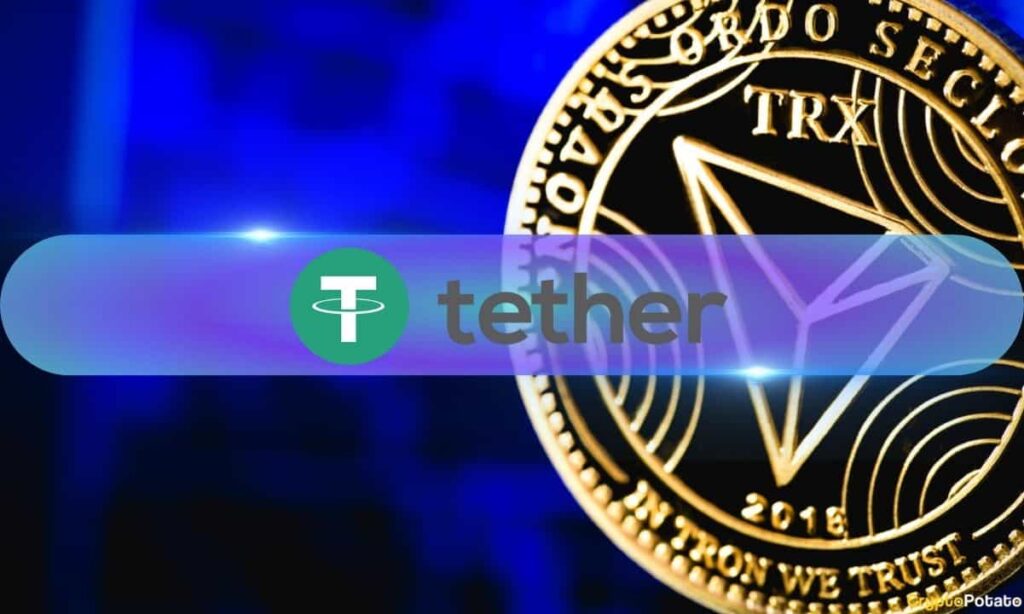The weekly transaction volume of Tether (USDT) on Tron hit $110 billion in the first week of April, signaling heightened stablecoin activity on the network.
According to a tweet by IntoTheBlock, Tether’s latest milestone on Tron was 2x the amount the stablecoin settled on Ethereum. This indicates that Tron has maintained its position as the leading network for USDT transactions.
USDT Records $110B Volume on Tron
IntoTheBlock attributed high USDT transactions on Tron to the network’s low fees, saying that the blockchain has allowed users to access the United States dollar-backed asset easily.
Last month, CryptoPotato reported that USDT transaction volume on Tron was rising to peak levels seen in January 2023. The stablecoin averaged roughly two million transactions daily on the network, an increase that began in February.
Tether’s market cap recently hit $100 billion, strengthening the asset’s dominance in the stablecoin space. While the stablecoin is available on 15 blockchains and protocols, a significant portion of its supply is on the Tron network.
Earlier this year, Reflexivity Research discovered that roughly 94% of the stablecoin total value locked on Tron belongs to USDT. The dominance also extended to Tron smart contracts, for which USDT accounted more than 95%. The USDT contract consumes a large part of the on-chain energy, indicating that the asset was used for stablecoin transactions with limited diversification.
USDT Linked to Illicit Activities
As USDT expands its presence on Tron, so do illicit activities on the network. An analysis by blockchain forensics firm TRM Labs revealed that Tron accounted for 45% of illegal transaction volume in 2023, ahead of Ethereum and Bitcoin, which were responsible for 24% and 18%, respectively.
Tron has become the favored network of cyber criminals, North Korean hackers, terrorist financiers, and drug sellers due to its low gas fees and minimal price fluctuations. These criminals frequently exchange their stolen and illicit crypto assets, mainly for USDT, on Tron before they are laundered for over-the-counter trades.
The rising use of USDT for illicit activities has attracted scrutiny from several regulators. In January, a United Nations report even identified the stablecoin as a vehicle for money laundering and scams in Southeast Asia. However, USDT issuer Tether expressed disappointment at the UN’s claims, insisting that the report only focused on the asset’s alleged connection to illicit activities and not its positive impact.
Read the full article here

